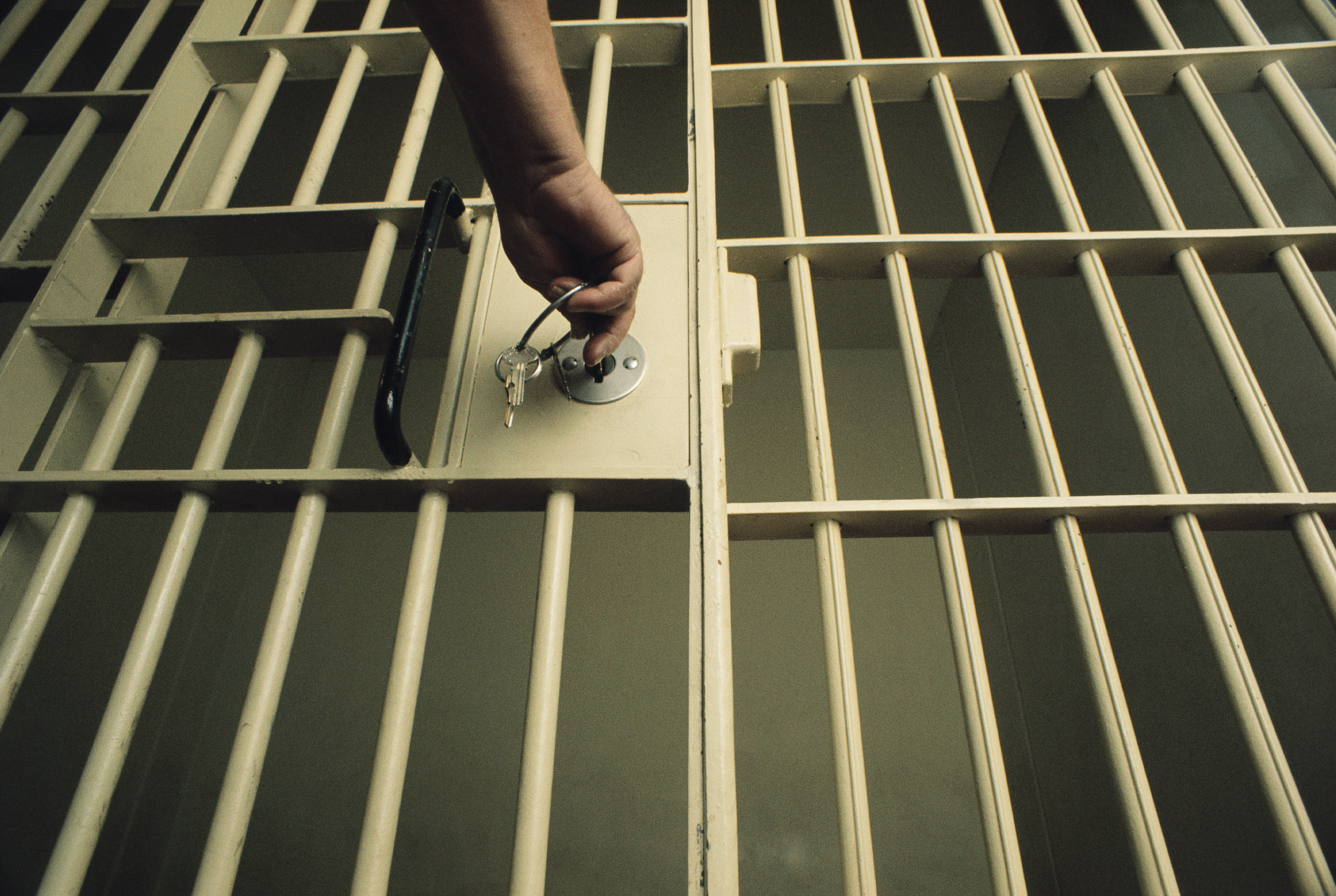The FBI's famed and feared "Most Wanted" list is turning 65.
Saturday marks the anniversary of the launch of the "Ten Most Wanted Fugitives” program, which began on March 14, 1950. The “Top Ten” aims to publicize dangerous fugitives, garnering help from the public to capture criminals.
The idea began in 1949 when a reporter for the International News Service asked the Bureau for a list of the “toughest guys” the Bureau wanted to capture, according to the FBI. The reporter’s story gained so much interest that late FBI Director J. Edgar Hoover created the program.
As of December 2014, 504 fugitives have been named to the “Top Ten” list, the bureau says. About 470 of those have been apprehended or located. Here are some facts about the history of the list, released by the FBI ahead of the anniversary:
Making the list:
Who decides which criminals are bad enough to make the cut? The fugitive must be considered an especially dangerous “menace to society,” according to the Department of Justice and the FBI, or have a long record of serious crimes. The Criminal Investigative Division at FBI headquarters puts together the list by contacting 56 field offices to submit candidates, who are reviewed by special agents and the office of public affairs. FBI executive management makes final approval.
As for getting off the list, in addition to being captured, found dead, or surrendering, a fugitive's name is erased if any federal process pending is dismissed or they no longer fit the criteria. Six fugitives have been removed for such reasons in the list's history.
U.S. & World
Top crimes change over time:
The types of criminal acts committed by "most wanted" fugitives have changed over the years. The 1950s and '60s saw bank robbers, burglars, car thieves and kidnappers. In the 1970s, those involved in organized crime and murder were frequent offenders. From the '80s through the late ’90s, drug-related crimes and serial murders were top priority. In recent years, fugitives who commit violent crimes, drug trafficking, and international money laundering have made the “Top Ten.”
First "wanted" fugitive:
The first person named to the list was Thomas James Holden, who was wanted for murdering his wife, her brother and her stepbrother. Holden was listed on March 14, 1950, and located on June 23, 1951, after a citizen recognized his picture in an Oregon newspaper. Ruth Eisemann-Schier, wanted in connection with the kidnapping for ransom of a wealthy college student, was the first woman named to the list, on Dec. 28, 1968. She was located by authorities the following March and later sentenced to prison. Since then, seven other women have appeared on the “Top Ten,” with the most recent being Shauntay L. Henderson, who authorities allege was the leader of a violent Kansas City gang. Henderson, who has reportedly denied involvement in any gang, was apprehended less than 24 hours after she was placed on the list in 2007. She later pleaded guilty to a 2006 killing.
Getting caught:
The public have played a big role in catching people from the list, helping capture or locate 156 fugitives. And those wanted criminals have been tracked down coast to coast; the bureau says it has apprehended fugitives from the list in every state except Alaska, Maine and Delaware. Some apprehensions are quicker than others. In 1969, convicted robber Billie Austin Bryant, on the run after escaping prison and killing two FBI officers, was on the list for just two hours, from 5 p.m. to 7 p.m. Victor Manuel Gerena, meanwhile, has been on the list for more than 20 years, since May 14, 1984. He's wanted in connection with a $7 million heist from a Connecticut security company. The FBI offers a reward of up to $100,000 for information leading directly to the arrest of a “Top Ten” fugitive. In some cases, the amount is more.



